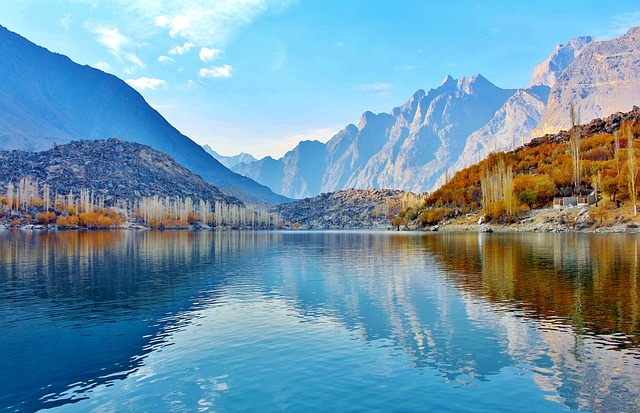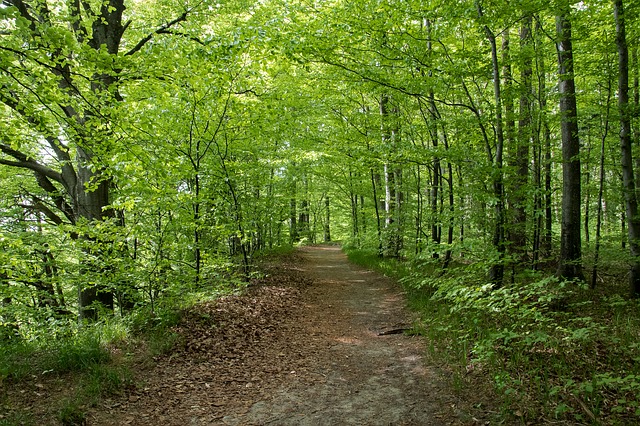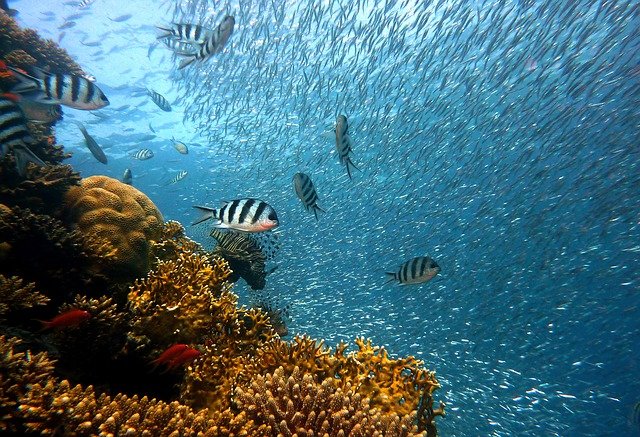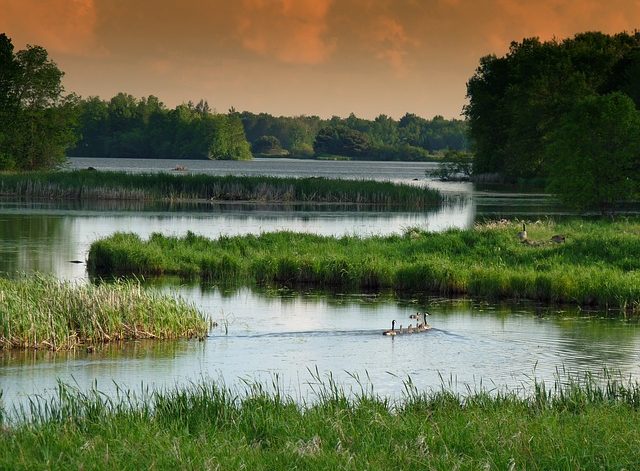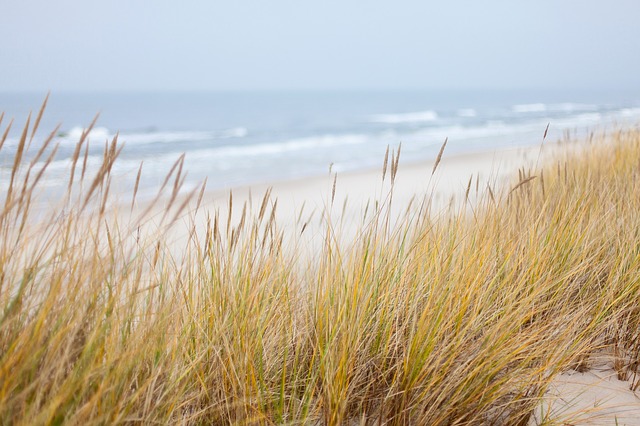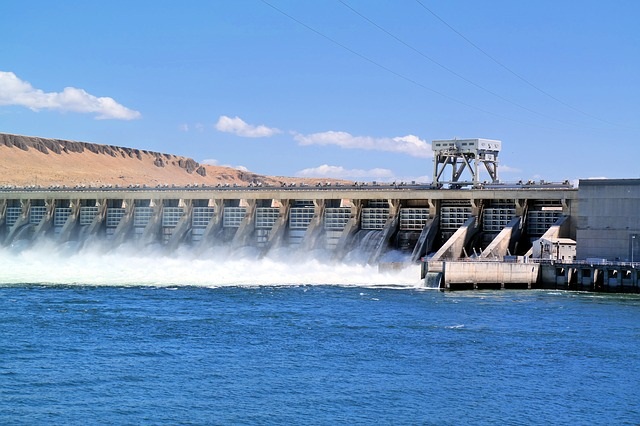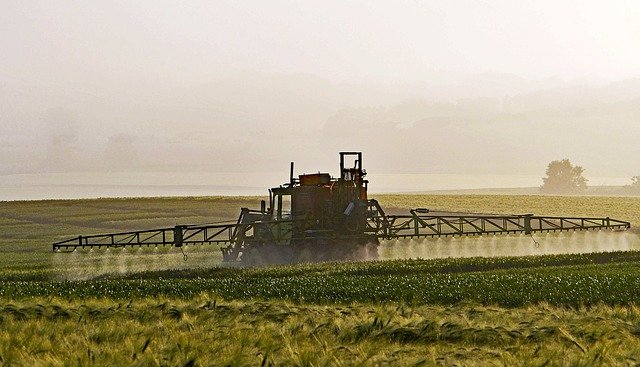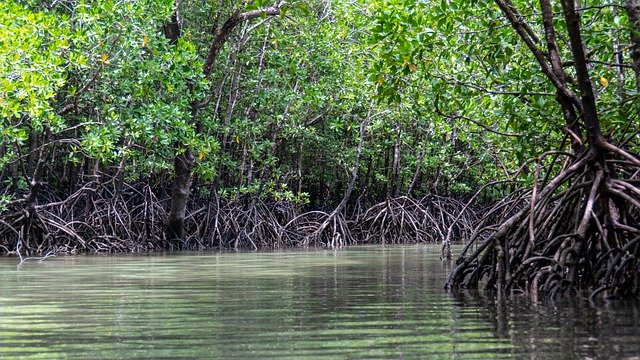INTRODUCTION Freshwater Biome: It is defined as freshwater regions having water bodies with minimum salt concentration. It is different from the marine biome as freshwater is free of salt. The presence of salt concentration pollutes the freshwater biome. Read: Pakistani Local Fishes and their Health Benefits Characteristics of Freshwater Biome: It is characterized by two […]
Temperate Deciduous / Mixed forests of Pakistan – Climatic Biome
INTRODUCTION Temperate Deciduous / Mixed Forest: It is a biome that consists of deciduous tree species. These are broad-leaf forests with trees that drop their leaves in the autumn. Mixed Forest: It is a vegetation transition between dominant tree species of broad-leaved deciduous forest and coniferous forest. Temperate Deciduous and Mixed Forest Biome: It is […]
Coral Reef Ecosystem of Pakistan- Climatic Biome
INTRODUCTION Coral Reef Biome: It is considered among marine biomes. It is a small biome that holds 25% of marine biodiversity. The coral reefs are usually found in the Persian Gulf, the Red Sea, the Caribbean Sea, the Indian Ocean, the Pacific Ocean, and near the Tropics of Cancer and Capricorn. Characteristics of Coral Reef […]
Freshwater Wetland Ecosystem of Pakistan – Climatic Biome
INTRODUCTION Freshwater Wetland Biome: It is defined as a diverse variety of areas where the wet soil is covered with standing water. Wetlands are not Estuaries because wetlands don’t have openings to oceans. The rainwater filling up a large shallow hole in the ground is often considered a wetland biome. Characteristics of Freshwater Wetland Biome: […]
Marine and Coastal Ecosystem of Pakistan – Climatic Biome
INTRODUCTION Marine Biome: It is defined as an environment that is distinguished by the availability of saltwater. The marine biome is considered the largest biome on the Earth and it is usually based in oceans present anywhere on the Earth. Coast Biome: It is defined as a varied ecosystem or it is a blend of […]
South Asia Water War – Impact of Indian Hegemonic Aim on Pakistan
INTRODUCTION Pakistan has numerous natural resources, water reserves are also among these natural resources. However, the climate changes, increasing water pollution, industrialization, and transboundary pollution, etc all are putting stress on natural water reserves in Pakistan. The country doesn’t have enough water storage capacity to meet the demand for water consumption of 30 days. For […]
Bioaccumulation and Biomagnification of Toxic Chemicals
INTRODUCTION Bioaccumulation: It is defined as the progressive accumulation of substances especially pesticides or contaminants/toxins in the organisms. Biomagnification: It is also known as bioamplification. It is defined as a successively high concentration ratio of toxins/contaminants particularly pesticides in the tissues of the sensitive organisms in a food chain. Also read: What Is Environmental Toxicology […]
15 Ways Kids Can Help Save The Earth
This article is especially for kids as they are equally important citizens of our world. They play an equally important role in bringing a better change in our world. Kids are the future of our world and it is important for them to be environmentally conscious and eco-friendly, considering what degraded condition our world’s environment […]
15 New Technologies and Innovations for improving our Environment
The ecosystem of the Earth is subjected to environmental degradation since the revolution of industries. The human population is increasing at an alarming rate and stressing the natural reserves. Urban sprawl and industrialization in order to meet the demand of increasing population are contributing to climate change. Our world is facing many environmental problems. Climate […]
Mangroves and their Destruction – Causes, Effects, and Conservation Techniques
INTRODUCTION Mangroves: Mangroves are dense forests consisting of small trees, shrubs that preferably grow nearby coastal areas specifically in brackish water or saline water. Tropical coastal vegetation is often regarded as mangroves due to similar species of plants. Mangrove forests are usually found in tropical and subtropical regions. MANGROVE BIODIVERSITY Mangrove forests support a variety […]

